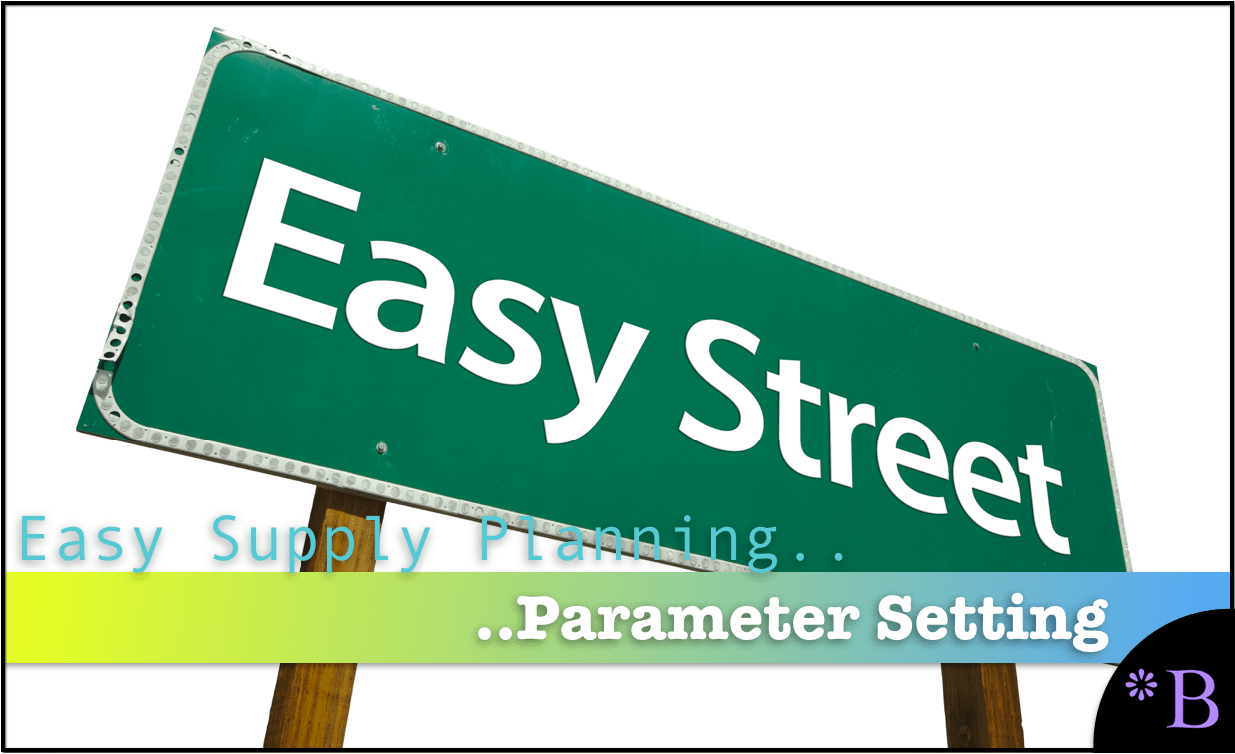How to Best Use the Economic Order Quantity Calculator
Executive Summary
- This is an introduction to the EOQ calculator or EOQ formula calculator.
- We cover how to calculate Economic Order Quantity.
- We cover the Economic Order Quantity Calculator, EOQ Formula Calculator, and a Quantity Discount Model.

Video Introduction: EOQ Calculator or EOQ Formula Calculator
Text Introduction (Skip if You Watched the Video)
Economic order quantity (EOQ) is one of the oldest formulas in inventory management. It was first developed by Ford W. Harris in 1913 (interestingly, as with the development of MRP, the originator of EOQ was not an academic). This EOQ calculator or EOQ formula calculator will allow anyone to calculate EOQ quickly. One can calculate EOQ in a spreadsheet for a large number of product location combinations. You will learn about EOQ calculation, and if you selected the article link, you will be taken to the Brightwork EOQ calculator.
Our References for This Article
If you want to see our references for this article and related Brightwork articles, see this link.
This calculator assumes that the location receives the entire order at one time. However, this assumption does not always hold. For the noninstantaneous receipt, EOQ calculator see this article.
How Should EOQ and Other Supply Planning Parameters be Calculated?
One would be able to, for example:
Item #1: Simulation
Set the supply planning parameters in a way that one can simulate the impact on the overall supply plan. When using supply planning systems, inventory parameters are typically managed on a "one by one" basis. This leads to individual planners entering values without considering how inventory parameters are set across the supply network.
Item #2: Interactivity of Changes
This is the ability to see the relationship between changes to service levels and the simulated output.
Item #3: Seeing Financial Implications
This is the ability to see the impact on the dollarized inventory for different aggregate settings.
Item #4: Mass Change for Efficient Maintenance
This allow the parameters to be changed en mass or as a mass change function. Both supply planning systems are designed to receive parameters; they are not designed to develop the parameters.
 Getting to a Better Parameter Setting Capability
Getting to a Better Parameter Setting Capability
We developed an approach where EOQ and reorder points are calculated externally, which allows for a higher degree of control. And for the average inventory to be coestimated in a way that provides an observable total system inventory, holding cost, service level, and a picture of what is happening to the overall system. Calculating individual parameters like EOQ without an appreciation for the systemwide does not make any sense. Also, in many, perhaps even most cases, there is no reason to use EOQ for the purposes given above. Instead, an alternative custom order batching method can be created to replace EOQ. There is nothing magical about EOQ. It is not a "best practice." It will not provide you with "digital transformation." It is not "Six Sigma." You will not get a "black belt" for using it.
After observing ineffective and non-comparative supply planning parameter setting at so many companies, we developed, in part, a purpose-built supply planning parameter calculation application called the Brightwork Explorer to meet these requirements.
Few companies will ever use our Brightwork Explorer or have us use it for them. However, the lessons from the approach followed in requirements development for supply planning parameter maintenance are important for anyone who wants to improve order batching and supply parameters.
Conclusion
This is a way to calculate EOQ easily. The best way to calculate economic order quantity is generally in a system or a spreadsheet. One can calculate the economic order quantity as one wishes and then upload it to any supply planning system. There are many EOQ formulas and many ways to calculate EOQ that are different from the standard model. To calculate economic order quantity differently from the standard EOQ formula in ERP or other supply planning systems to calculate economic order quantity is the way to go.
This page is provided to calculate economic order quantity and EOQ formula calculator online quickly.